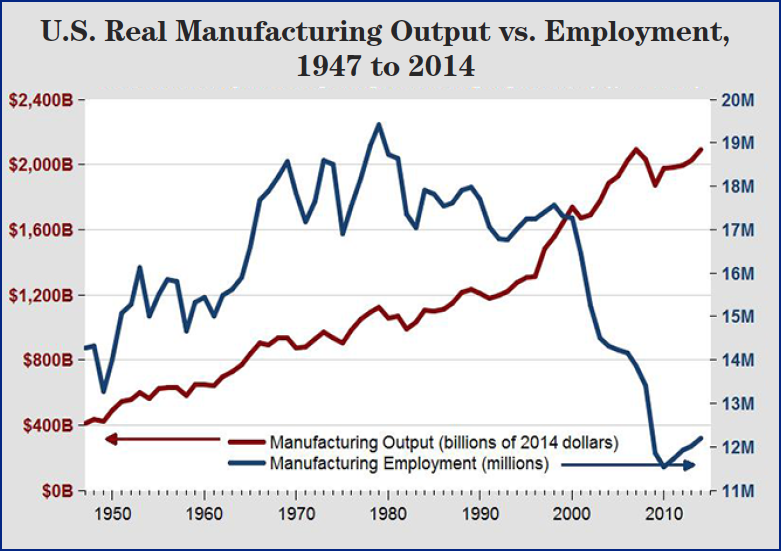2017 is starting off to be the most interesting/bizarre/entertaining/terrifying year in memory.
As one who tracks the goings-on internationally and in DC with some diligence, it’s been impossible to keep up with the craziness. Here’s my attempt to summarize the week that was.
The one thing you missed – and why you shouldn’t have
Trying out a new mini-post on the most important thing may have missed this week. Today’s it’s UnitedHealthcare’s acquisition of a big outpatient surgical clinic company.
This is important because the giant ($175 billion) healthcare company is investing more in care delivery – likely to better control its “cost of goods sold”. As vertically integrated healthcare systems (think Kaiser, UPMC) get better at insurance, insurers have to get better at care delivery.
ACA Deathwatch
The reports of ACA’s death appear to have been greatly exaggerated.
Yes, the Senate passed a bill that is the first step in a repeal process. But it is ONLY a first step. Without diving too deep into the nerdy details, the bill just instructs Senate Committees to begin drafting a repeal bill and lays out general principles. But there’s no consensus on when the repeal would take effect, what a replacement would look like, or even how it would be funded.
Things are going to get pretty complicated, especially in the Senate. There’s a lot of concern among Republicans in key leadership positions that quick movement on a bill would lead to a considerable backlash – and major political damage.
For freemarketers and Libertarians, there’s this:
“We did have the government out of the individual market up until 2014 [when most of the ACA provisions went into effect], and we know exactly what happened: There were millions of people who couldn’t get coverage,” Field said.
The ACA created a market that did not exist before — one that insures sick people. Field says it’s a market failure that the industry on its own will not cover the highest-risk customers. “If you want to cover everyone, the government has to do something.”
Town said pushing the government out of the equation will leave many citizens without access to health care.
“If you want to live in that world, so be it,” he said. “But I think we as a society have made the joint decision that having a vast part of a population uninsured and having limited access to health care is not a route that we want to go. Getting rid of the ACA is not going to get rid of the government’s role in health care.” [emphasis added]
Here’s a good summary of some of the issues the Republicans face – and why they are treading carefully…key quote:
The real reason health care premiums and deductibles are so high is that medical care is very expensive in the United States — far more costly than it is anywhere else in the world. The United States pays very high prices to doctors and hospitals and drug and device makers, and Americans use a lot of that expensive medical care. [emphasis added]
And here’s why keeping only the popular parts of ACA won’t work. Alas.
Work comp
The M&A activity level has dropped off considerably – if not precipitously. The WLDI sale – a relatively small transaction – is one of the very few recent deals. Don’t expect activity to ramp up as the industry is:
- pretty consolidated already, so there are fewer companies available to buy;
- work comp is a declining industry with negative growth – not very attractive to investors;
- prices were really high for a long time, and company owners still expect to get paid a lot. Sellers still expect to get those high prices, but…
- buyers are much more cautious due in large part to the “OneCall Effect” (financial returns haven’t met expectations).
Don’t miss the Rx Drug Abuse Summit – April 17-20 in Atlanta. It’s the most comprehensive and focused event on the biggest issue in workers’ comp.
Nothing is more important to work comp than the overall economy. Read this – when you have time – for a solid grounding on what to watch for in 2017. Spoiler alert – economic growth, which has trended up significantly over 2016, is likely to moderate over the next two years. And watch out for inflation.
Finally, for management wonks, here’s a great piece on execution from Harvard Business Review.




